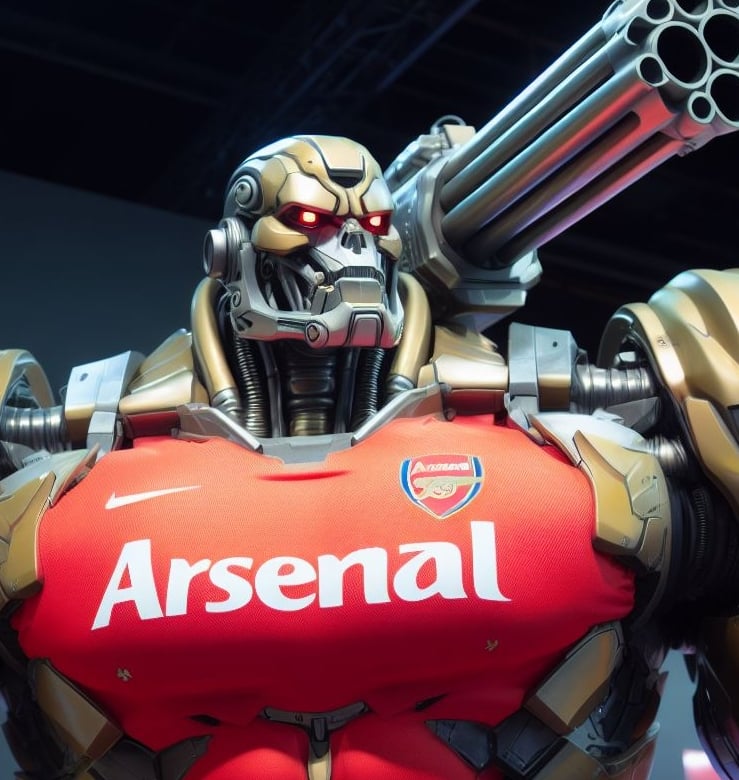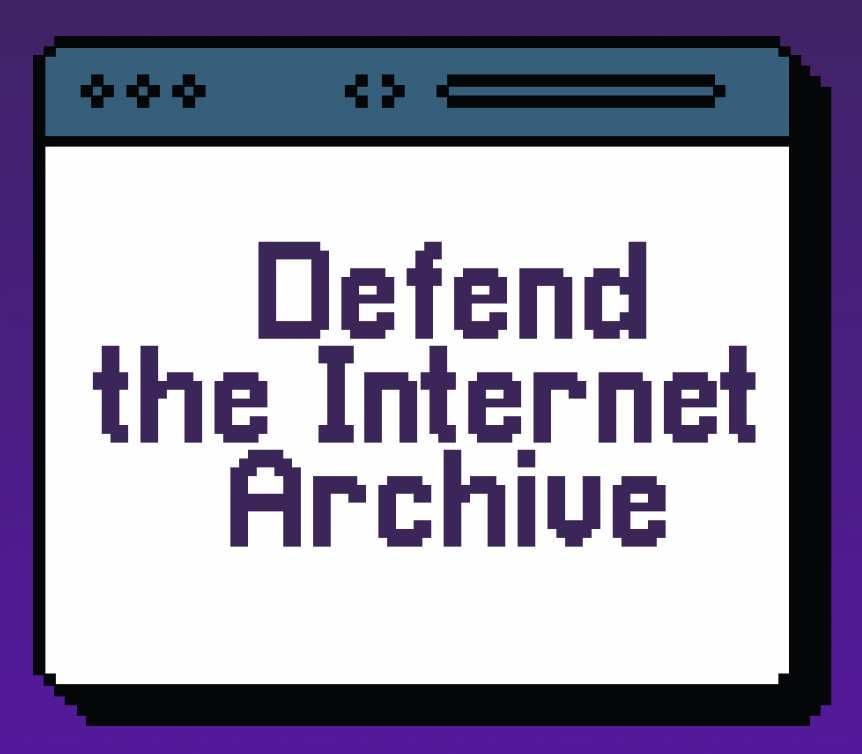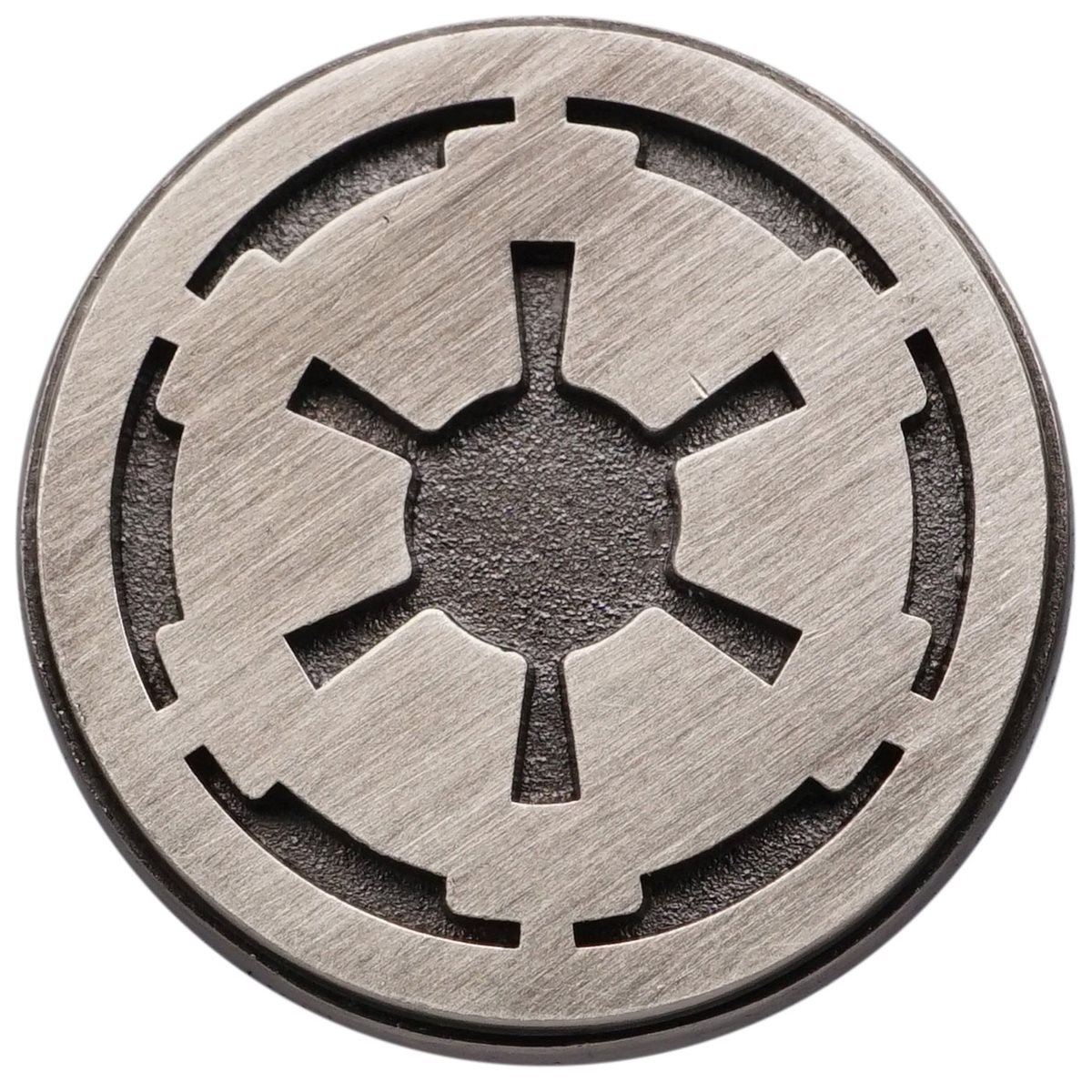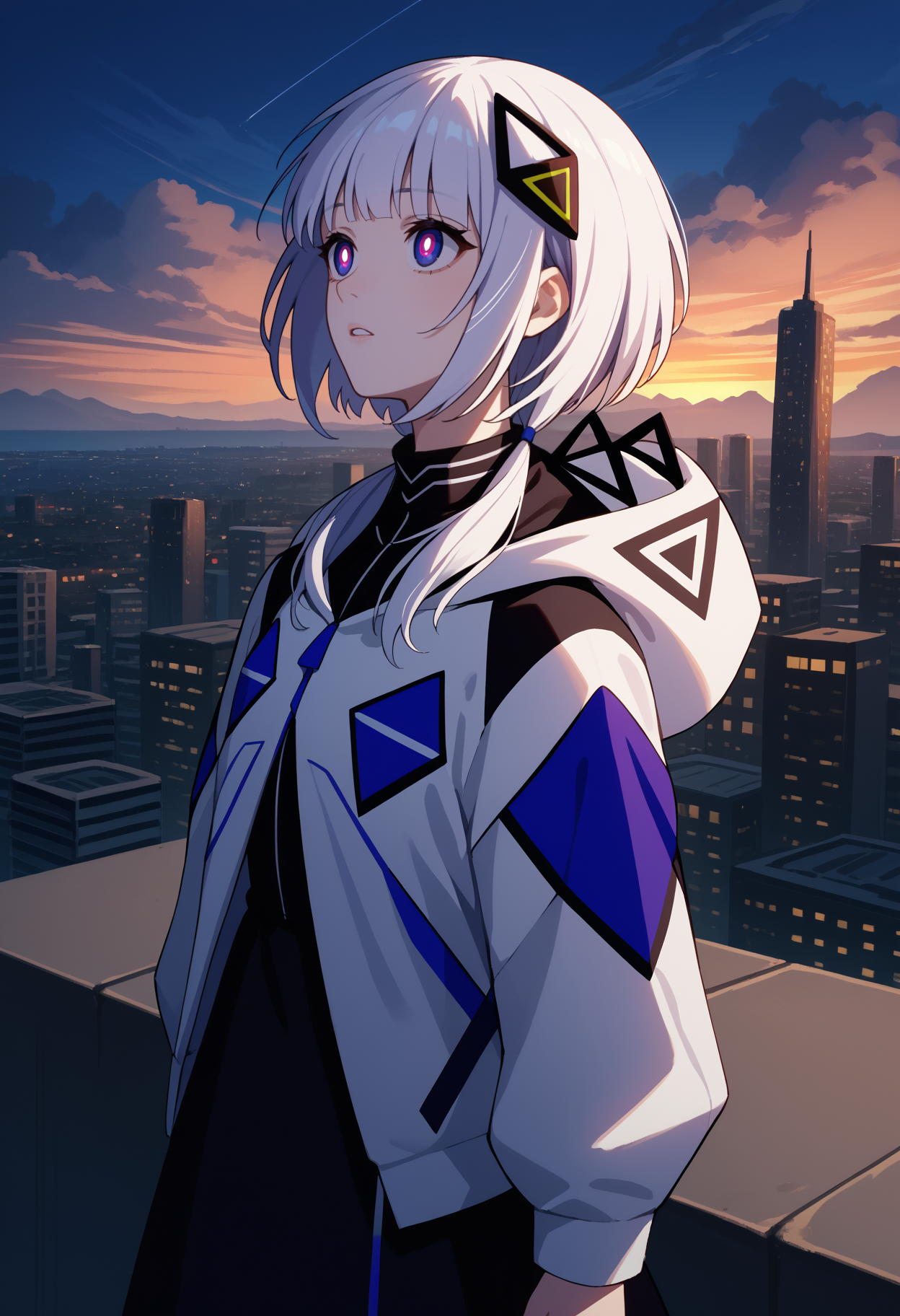What does the launcher do with regard to the operation of the game that cannot be done within the actual game itself? Is it due to a technical limitation or simply there for the convenience of the players? Are there alternatives to such methods of starting the execution of games?
It usually makes it easier to centralize authentication. But more importantly (from the company’s perspective), it gives the game producer a chance to upsell other products and micro-transaction content.
Don’t forget that the game producer can now collect and sell data on their customers’ systems.
With no privacy laws on the books in the USA, there’s literally nothing stopping them, and a lot of incentive to do it.
They can and do that without a launcher LMAO
This.
upsell other products
I don’t think I’ve seen games do that, not even to advertise other games from the same publisher/developer. But then, the only five games I’ve played with a launcher are three MMOs, Genshin, and Honkai Star Rail.
Minecraft is special. The launcher sets up a bunch of Java stuff and other game configurations. And it downloads updates and handles authentication. Technically you don’t need it, but it makes it a little easier for the developers and the users. There are also third party launchers with additional functionality like downloading mods.
Other games often pretend they need that stuff when in reality they just want some more tracking that is not in the game itself.
Technically you don’t need it, but it makes it a little easier for the developers and the users.
For that matter, if you poke around in some games’ files, you can find the actual game.exe and launch it directly from there, bypassing the launcher. You just bypass the authentication and compatibility checking as well.
This also works with any Unity game which prefers to launch through a launcher.
If it’s an online game, like an MMO, they might put your account on timeout if you keep playing some outdated version of the game, though.
I’m honestly surprised you can even connect to an MMO with an out-of-date client. On the few I’ve played, at least, a version mismatch is an automatic refusal to connect.
I’ve had Black Desert letting me play a bit with an outdated version (I didn’t know there were updates, I hadn’t used the launcher for a while) but it gave my account a time out of 10 days after my play session.
I was also surprised it didn’t just go “Nope, update first!” immediately, I kind of expected that would be the case if I didn’t use the launcher.
That, my friends, is also how you play games from the epic store. And how to bypass steam as well.
Doesn’t work with every game, though. Some have DRM that depends on the launcher and/or authentication.
Obviously not every game. Multiplay games won’t work with it. And yes anything that inherently depends on the launcher. The vast majority of games it does work though.
It feels like a lot of people forget or don’t realize that pc games are just files in a folder. Epic and Steam basically present you with shortcut icons to those exe files.
Multiplay games won’t work with it
that’s not actually a guarantee: BG3 has multiplayer and works just fine without the launcher. as do plenty of others.
--skip-launcherin the launch options on Steam, for anyone who doesn’t know already
Managing updates, versions, mods, and settings can be done from a launcher instead of the game itself and it’s often easier that way. If you wanted to adjust mods in-game you’d need to restart the game for changes to take effect.
Before Steam became the universal launcher, lots of games had their own. Minecraft isn’t a Steam game so it comes with its own launcher.
If you wanted to adjust mods in-game you’d need to restart the game for changes to take effect
This completely depends on the game. There’s nothing inherently about mods that requires this.
The only game I can think of that doesn’t actually require a restart is Mechwarrior 5: Mercenaries. I’m sure there’s more, but that’s what I’ve encountered.
That’s because it’s easier.
Most games do not even have official modding support, Minecraft included. Most are only moddable because they use some interpreted programming language somewhere in their game, which people found ways to read and inject with their own code.
This works by replacing assets, config files or even by injecting binaries into pre-compiled games, as well.
Minecraft is in a pre-compiled language (Java), but so is Skyrim (C, C++) which is famously modded (although most mods are written in Papyrus which is an interpreted scripting language, the game itself wasn’t).
Most mods for Tekken (C++) also work this way; they simply replace assets and config files.
Luanti is kind of the obvious example to point to, with it being a community-developed engine for Minecraft-like games. But yeah, what @Azzu@lemm.ee said very much makes the difference. As opposed to Minecraft, Luanti has modding support built-in.
To answer your third question about Minecraft specifically, you absolutely can run the Java version of Minecraft independently of the launcher. It’s just a Java package. Find it and load it with your Java runtime from the command line and it’ll play. Without authentication from the launcher, however, you will not be able to connect to Realms or indeed any multiplayer servers that have authentication enabled.
But for that reason, the Java version specifically of Minecraft is famously easy to pirate, provided you are fine with being limited to only playing locally or on pirate servers that have authentication disabled.
In the bad old days this was in fact the only way to play Minecraft in non-supported platforms (i.e. not Windows).
Other than a handful of games where it does literally nothing but force you to sign in to something (such as Rockstar’s Social Club shit or the Xbox Live for Windows thing from years past) most of the ones I see having a launcher just for the one game are ones that let you adjust settings before starting, choose a renderer version to use (Vulkan, DX11, or DX12, etc), or, like as is with Minecraft, allows you to have a safe modded version kept separate from your vanilla game or to manage saves.
You can also, in most cases, bypass those launchers by just launching the preferred executable in the game’s installation directory.
Ah yes, if you’ve ever had the problem of a game’s graphics not working properly but you can’t adjust the graphics because it requires you to launch the actual game and navigate the settings menu you will appreciate that. Most games store and read their settings in an external file and a launcher can provide a meaningful way to edit those. That being said there’s many launchers who actually don’t offer this feature and are just used to shove ads your way or track your behavior.
The one big advantage I see with it is that you can have multiple versions of Minecraft installed at once, and launch whichever you like.
With minecraft, it allows you to select from different versions and modes of the game and set up your account.
It’s very annoying to self-update without a separate updater (Especially on Windows).
Another reason would be that it’s good to have some functionality separated, like authentication and mod installation.
How does the updater get updated, though?
you kid, but there’s no shortage of steam games where steam (a launcher) updates the game’s launcher
One executable updates the other and vice-versa. Like Robin Hood and Fryer Tuck defending one another.
That’s far from the only approach, too.
Patch management
Allow you to set graphics preferences before launching a game, so you don’t end up with a tiny 480p sized window on a 4K screen during an unskippable (and unrepeatable) first-launch cutscene; or the reverse, you only see the 1920x1080 (or smaller) cutout of the center of a 3840x2160 image.
I hate when games launch directly into a cutscene. Let me change my graphics, turn on subtitles, change the audio, etc.
specific games like Minecraft I think it’s nessicary, other games such as call of duty which insists on having one launcher manage all game installs I don’t think is.
Imagine trying to handle all the different minecraft installs from the main screen, you would need to launch Java, load a Minecraft game, load a profile, close the game, open the game with the new profile settings and then hope it launches. This setup is very helpful, but I agree most games it is not helpful at all
I think the biggest thing is convenience. It’s a lot easier for the launcher to do some handshakes and check/update to current patch. Other way is client opening, client closing, patch applied, client opens yet again, that type of deal
Not sure about Minecraft, but sometimes the launcher is simply there to make configuration, startup options, parameters, profile selection, etc. a smoother experience for the user. You can do this kind of stuff without a dedicated launcher, but some software publishers prefer to divide things up this way.
It’s a dumb analogy, but I kind of think of it like restaurants. Some restaurants have a full wait staff with a maitre d, some have walk-up counter, some have a kiosk with a screen, etc.
If this is peeving you by the way, you can use multimc to create a shortcut, even to join a server or world directly to skip the title screen entirely
PSA: Prism Launcher is a fork of MultiMC but with more features
They do this and keep their top selling games exclusive to their platforms. Games like GTA have shown just how much money you can make off micro transactions. No company is going to just jump out of that market. They use their top games so they are more liley to get people to just have it installed. That way you install the launcher, put in your credit card, and you are only a click away from handing them some money.
There can be positive benefits though, auto updates, update news, community messaging or content.
But mostly so they can get the hardest part of selling done, a valid payment method input.
What about games without microtx, like BG3
I googled a screenshot of the launcher, so this could be from an older version. It looks like they have a link to buy merchandise, digital upgrades, advertising more games by the company that you have not bought yet. Also links to submit submit a but, let’s them hopefully have less QA personal. Community link to help the longevity of the game for longer term sales.















